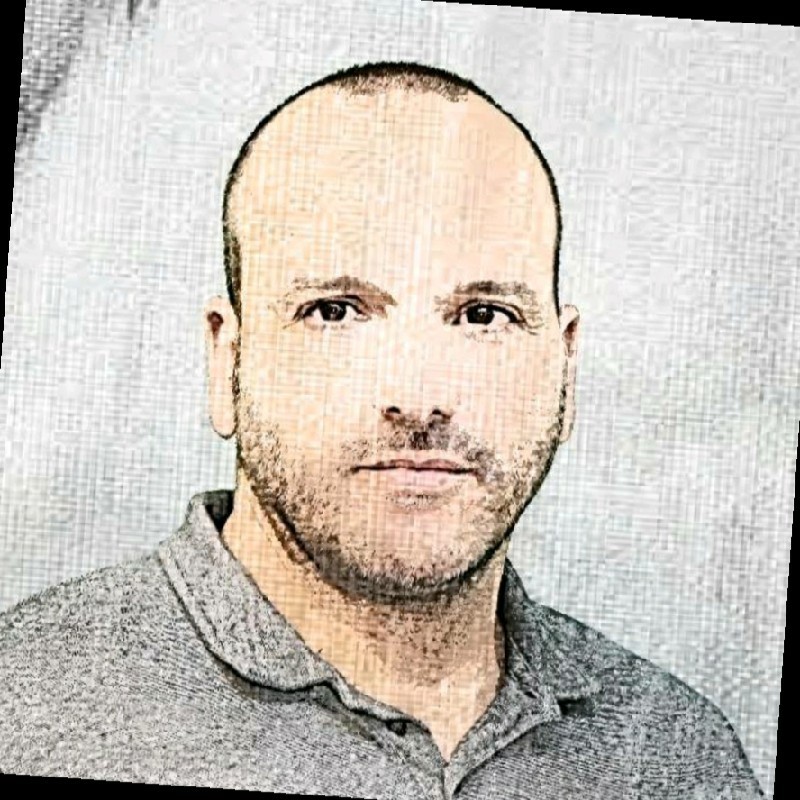Sign up to our Newsletter
Cloud Related Spending to Triple by 2017
IT spending on cloud infrastructure and services is said to grow a healthy 20% to 172.4 billion next year, according to IHS Technology. That is, an increasing move on the part of enterprise businesses to move their information technology services, applications and infrastructure to a cloud-based architecture will cause market revenue in this segment to surge by a factor of three from 2011 to 2017. That is, by 2017, enterprise spending on the cloud will amount to a projected $235.1 billion, triple the $78.2 billion in 2011. “With the cloud touching nearly every consumer and enterprise around the globe, spending for cloud-related storage, servers, applications and content will be dedicated toward building a framework that is rapidly scalable, highly dynamic, available on-demand and requiring minimal management. The robust growth will come as an increasing number of large and small enterprises move more of their applications to the cloud, while also looking at data analytics to drive new insights into consumer behavior,” commented Jagdish Rebello from IHS.
Find more information and read the press release here.
How One AI-Driven Media Platform Cut EBS Costs for AWS ASGs by 48%

Public Clouds have Matured Over Years
The theory to go private if you are going cloud has been turned over. “The problem with private clouds is that you’re trading off one set of rack-mounted hardware in your data center for another set of rack-mounted hardware in your data center. The costs are about the same, with private clouds providing a bit better utilization,” says Linthicum for GigaOM research. “Public clouds, on the other hand, allow you to leverage hardware and software you don’t own, as well as provision resources at will, as you need them.” Also, with years, public clouds have matured, and are being more cost-effective, and make your business much more scalable, the research proves. These advances are reflected on the market and the trend over the last year has been to move more towards public cloud in general. Private cloud, on the other hand, seems overused.
Find out more about the looming questions, about business moving towards private or public clouds.
Structure Show: Rackspace’s Taylor Rhodes
Structure Show by GigaOM brings new Rackspace president Taylor Rhodes discussing Rackspace’s plays in what is a very crowded cloud market. “We don’t see dedicated hosting as our old business but as a killer feature of a hybrid cloud, we can now do public cloud multi-tenant, dedicated single tenant and now with OpenStack private cloud we bring a private cloud to the table and will integrate that into a single system that lets customers choose the right option,” Rhodes said, among other things. He also raised the tantalizing prospect of Rackspace managing multi-vendor clouds at some point by extending what he knows about managing customers’ private OpenStack clouds remotely.
Listen to the entire session via SoundCloud.
Also, read the re-cap here.
SkyDrive becomes OneDrive

On February 19th, Microsoft made One Drive available, i.e. they were forced to rename SkyDrive to OneDrive due to legal issues. OneDrive is cloud storage service, with 7GB offered for free to all users, and additional 100 GB to all who sign up for Office 365. OneDrive promises one safe placefor all of your files, including photos, videos, and documents, and it’s available across the devices you use every day. “When we announced the new name OneDrive, we noted how it is much more aligned with our vision for the future. Our goal is to make it as easy as possible for you to get all of your favorite stuff in one place—one place that is accessible via all of the devices you use every day, at home and at work,” says Microsoft.
Back that Computer Up: Preventing Disaster
Check out the infographic below designed by Novastor that warns about data protection, also includes the option to back up data via cloud. Each week in the United States 140,000 hard drives crash and you don’t want to be a part of that statistic, the creators claim. Data backups also form an important part of an enterprise’s Disaster Recovery/Business Continuity planning.












